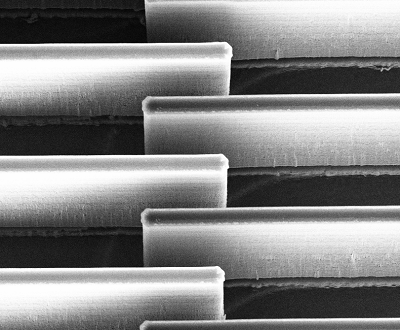By: Alissa M. Fitzgerald, Ph.D. Founder and Managing Member A.M. Fitzgerald & Associates, LLC 700 Airport Blvd. Suite 210 Burlingame, CA 94010 USA Main: +1 650 347 MEMS Direct: +1 650 347 6367 x101 Fax: + 1 650 347 6366 www.amfitzgerald.com
MEMS makers spend enormous effort struggling to eliminate process variations which result in imperfect devices, manufacturing yield loss, and lower profit margins. In a twist of great irony, the very flaws that plague MEMS sensors are in fact features for another application: cryptography.
MEMS gyroscopes, it turns out, are useful as a Physical Unclonable Function (PUF), a device used to create a cryptographic key. When interrogated, a PUF produces a unique response ("physical function") that cannot be predicted by inspecting the physical device, nor can it be duplicated ("unclonable"). Simply put, a PUF is a tamper-proof, copy-proof, black box that spits out a unique code.
Subtle variations in the etch process make each gyro uniquely imperfect in a random, unpredictable way. And even if one could thoroughly measure and inspect it, a gyro could not be perfectly duplicated because silicon etch processes cannot be controlled that finely. All of which are excellent characteristics for a PUF.
A research group at Bosch recently demonstrated how to use a commercially-available gyro as a PUF to generate a 128-bit cryptographic key. Further optimization of a MEMS PUF design could produce a longer, and therefore more secure, key.
Should you think this cryptography application for a gyro is merely an academic curiosity, think again: All data generating devices in the Internet of Things (IoT) will need encryption, even innocent-seeming wearables, to protect them from hacking. Just last week, some researchers showed that sensor data intercepted from smart watches and fitness trackers can reveal an ATM PIN.

MEMS devices having electrostatic comb fingers (pictured above), such as accelerometers and gyroscopes, have large surface areas which make them vulnerable to silicon etch process variation. (Photo Source: AMFitzgerald)
A dual-purpose MEMS device, which in addition to sensing, can produce its own encryption key, is a very exciting emerging technology with huge potential in future IoT markets.